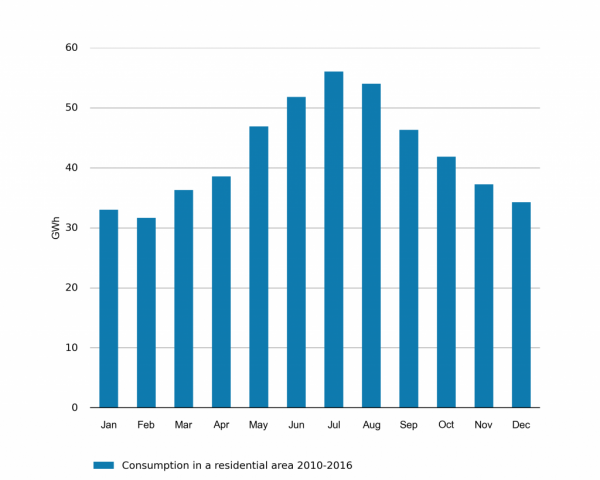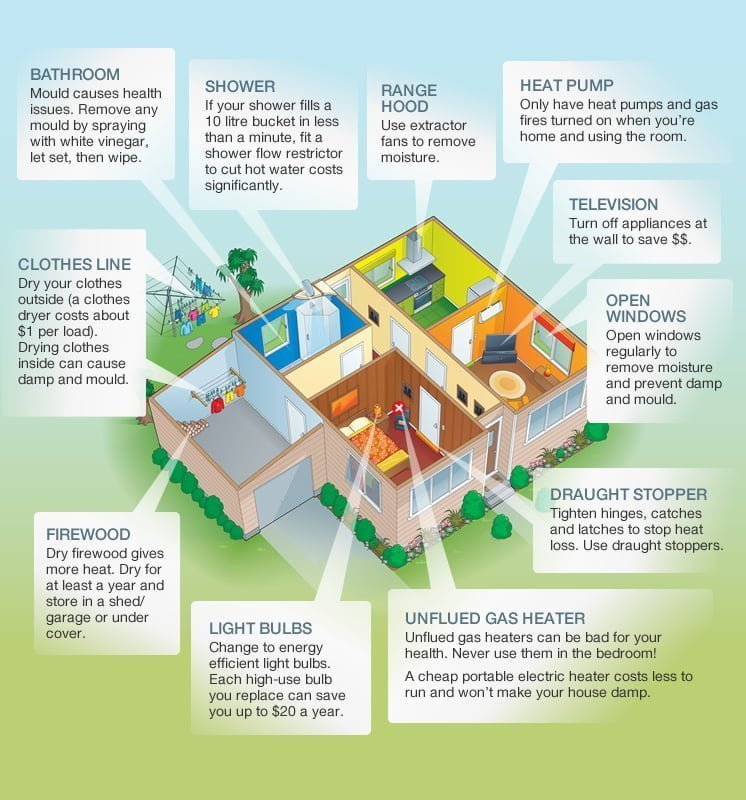Energy Saving Tips for a Warmer, Healthier Home
Here are some simple things you can do to save money on energy bills while making your home warmer and healthier.
1. Keep Your Home Warm and Dry
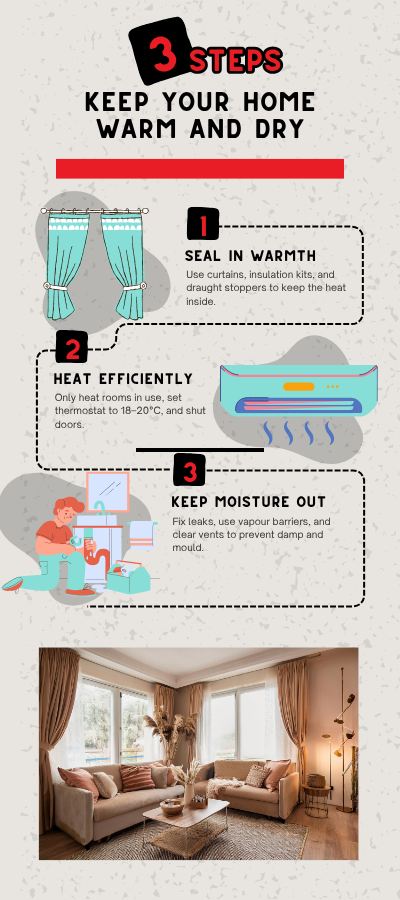
Seal in warmth
Heating your home can be costly, so focus on keeping the warmth in and cold air out:
- Close curtains at dusk – especially lined, full-length curtains that overlap window frames. Pelmets help even more.
- DIY window insulation kits – a low-cost way to reduce heat loss.
- Stop draughts – use draught stoppers and weather-sealing tape around windows and doors.
Heat efficiently
- Use heaters only when needed – turn them off if you’re not in the room.
- Set the thermostat to 18–20˚C for comfort and energy savings.
- Heat one room at a time – close doors and draw curtains to keep warmth in.
- Use the right-sized heater for your space – and avoid leaving heat pumps on all day.
Keep moisture out
Clear underfloor vents – keep them free from plants or blockages to allow airflow.
Fix leaks and clear gutters – water from outside can create dampness inside.
Use a ground vapour barrier – place black plastic sheeting under
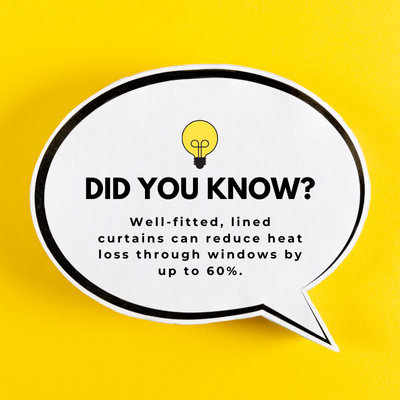
2. Improve Ventilation and Reduce Moisture Indoors
Moisture from daily activities
Everyday tasks like cooking, showering, and washing add moisture to your home:
- Use extraction fans – ideally ones that vent to the outside.
- Open windows – during or after cooking and bathing if you don’t have fans.
Drying laundry
- Avoid indoor drying – use a vented dryer or dry clothes outdoors whenever possible.
- Don’t vent dryers indoors – the moisture stays trapped in your home.
Air out your home
- Open windows and doors daily – even during winter, to let damp air escape.
- Open cupboards and wardrobes – to prevent moisture buildup inside them.
- Ventilate bedrooms overnight – even just cracking a window helps.
- Air bedding outdoors – duvets and pillows absorb moisture and need fresh air.
Avoid unflued gas heaters
- These release toxic fumes and increase dampness. Safer alternatives include electric heaters or heat pumps.
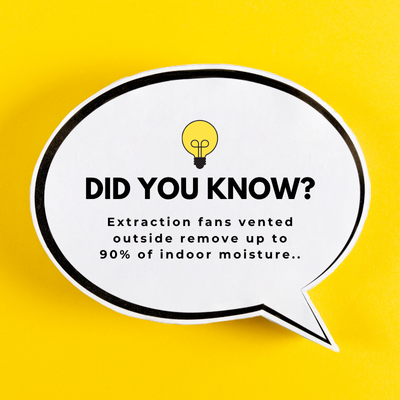
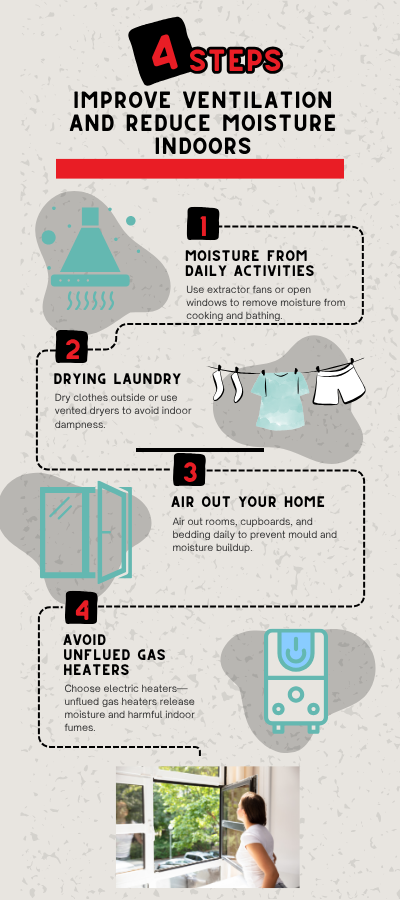
3. Save Energy on Lights, Water, and Appliances
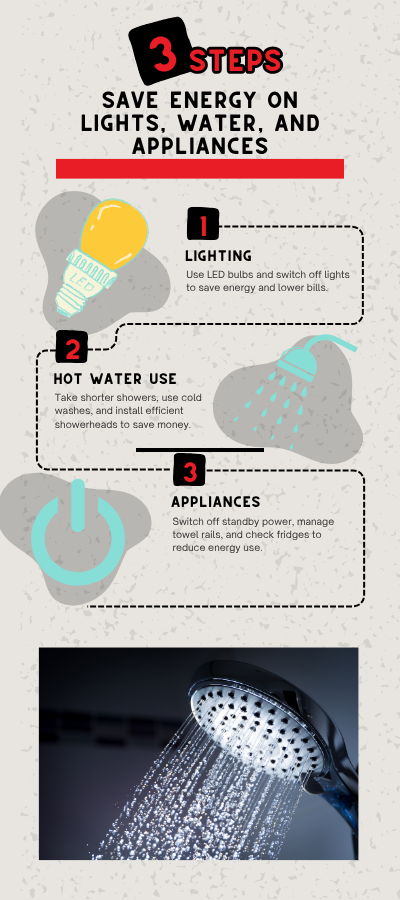
Lighting
- Switch off lights when you leave a room.
- Install LED sealed down lights – they last longer and can save over $100 a year.
Hot water use
- Install efficient showerheads – they use less water without compromising pressure.
- Shorter showers = big savings – a family of four could save around $900 a year by taking 5-minute showers.
- Wash in cold water – it’s just as effective and uses far less energy.
Appliances
- Turn off standby power – TVs, consoles and computers can cost over $100 a year if left on.
- Manage towel rails – left on all day, these can cost up to $170 a year. Use a timer to reduce usage.
- Second fridge? Rethink it – old or underused fridges can cost up to $200 a year. Consider turning it off or upgrading.
- Check fridge seals – worn seals make your fridge work harder and waste power.
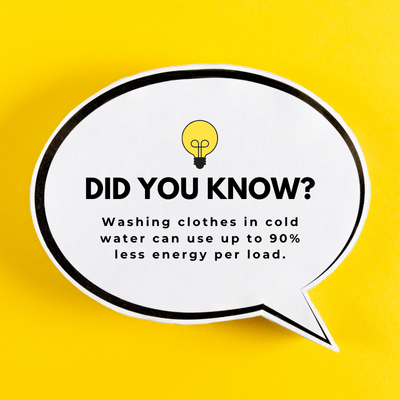
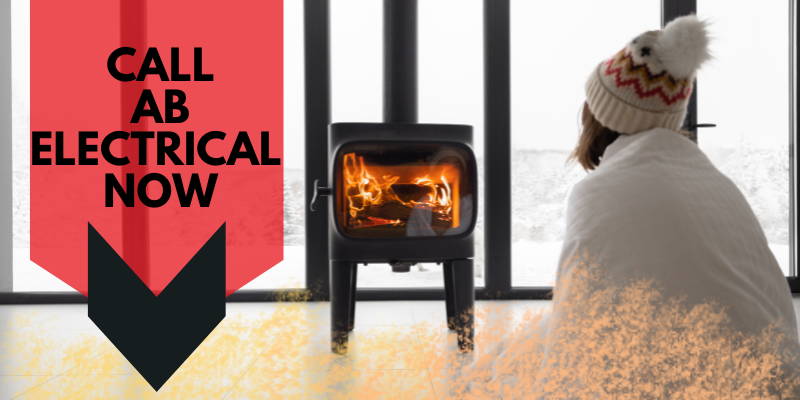
Want a warmer, drier home and lower power bills this winter? Call the team at AB Electrical! We can help you with smart, energy-saving solutions - from installing efficient heating and lighting to ventilation and insulation support. Let’s make your home more comfortable and cost-effective.
Call us today to book your FREE winter check-up!
👉 Email: office@abelectrical.co.nz
Subject line: Warm Home
📞 Or call Clynt or Howard: 0800 688 244
